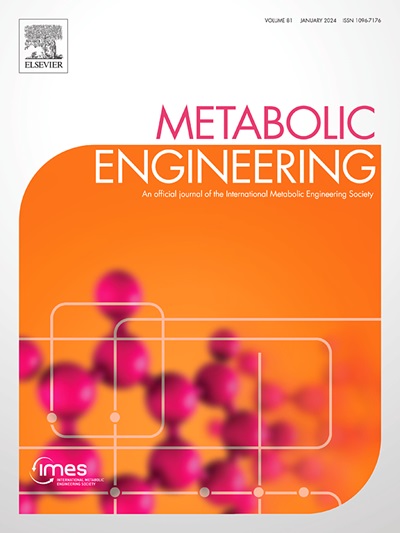Production of species-specific anthocyanins through an inducible system in plant hairy roots
Abstract
Anthocyanins are widely distributed pigments in flowering plants with red, purple or blue colours. Their properties in promoting heath make anthocyanins perfect natural colourants for food additives. However, anthocyanins with strong colour and stability at neutral pH, suitable as food colourants are relatively rare in nature. Acylation increases anthocyanin stability and confers bluer colour. In this study, we isolated two anthocyanin regulators SbMyb75 and SbDel from S. baicalensis, and showed that constitutive expression of the two TFs led to accumulation of anthocyanins at high levels in black carrot hairy roots. However, these hairy roots had severe growth problems. We then developed a β-estradiol inducible system using XVE and a Lex-35S promoter, to initiate expression of the anthocyanin regulators and induced this system in hairy roots of black carrot, tobacco and morning glory. Anthocyanins with various decorations were produced in these hairy roots without any accompanying side-effects on growth. We further produced highly acylated anthocyanins with blue colour in a 5 L liquid culture in a bioreactor of hairy roots from morning glory. We provide here a strategy to produce highly decorated anthocyanins without the need for additional engineering of any of the genes encoding decorating enzymes. This strategy could be transferred to other species, with considerable potential for natural colourant production for the food industries.

 求助内容:
求助内容: 应助结果提醒方式:
应助结果提醒方式:


